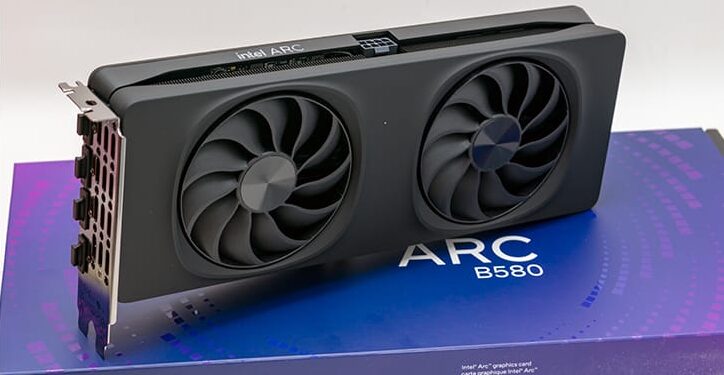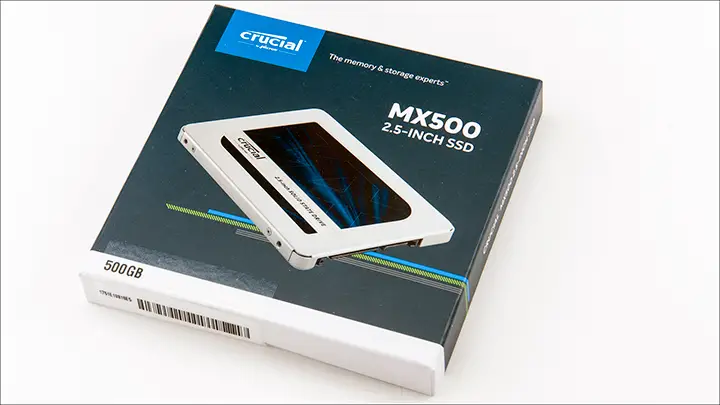
In retrospect it should not have come as any surprise that the BattleMage series would not only be good at, but down right easy to overclock. It did however take us surprise. Yes, Intel is actually one of the largest GPU manufactures in the world. Yes, they have literally countless decades of experience in what overclocking enthusiasts want, need, and even desire. It just is that most of this experience, and effort, has been focused more towards CPU and not GPU enthusiasts. Rarely do you see experience in one area transfer so seamlessly over to another… and yet that is precisely what Intel has been able to do in such a radically short period of time.

Make no mistake, we do no encourage or even recommend dGPU overclocking these days as all modern dGPU’s “overclock” themselves and the (now) Big Three know precisely how far to push things at the factory. Thus, it is mostly an endeavor of minutia. One you undertake not because you expect massive gains, but because it is fun. So with that in mind, we would suggest not nuking your warranty on any dGPU card and leaving it at stock if possible. Would even suggest underclocking to see how good your core and memory are so as to reduce power consumption, noise output, and generally speaking increase longevity.

In either case, the fact remains that while Intel has done a bang up job of giving you 95 to 99 percent of all the potential performance the B580 core has on tap, this is a card that is just that: fun to play with. It is so fun because of the time and effort Intel has put into their software package. We are not exaggerating when we say it makes NVIDIA and AMD overclocking look antiquated by comparison… and we doubt any one will want to go back to MSI Afterburner after using what Intel now natively supplies.
Yes. Unlike AMD or NVIDIA which really expect you to use 3rd party tools… and seemingly go out of their way to minimize the leavers you have to push/pull on… Intel and their ARC team have gone above and beyond for the Arc Battlemage series. So much so the Arc series includes an excellent host of basic and advanced overclocking features that are more in line with what one would expect with a CPU. Right out of the box. No, trickery. No channery. No needing to source out 3rd party software options. Instead it’s all here for you in the Intel software package. Seriously.

Want to push the voltage or power limits a touch? Easy. Intel has included it. Want to play with the memory speed (and try to get back some of the lost bandwidth that goes along with 192 instead of previous gen’s 256-bit)? Easy. Want to set a target speed so that it will use the above to help ‘self-overclock’? It does that too. Hell, want to set a temperature limit? Yup. It does that too. If all that is not impressive enough… it even takes a page from the CPU world (cough Ryzen Master) and includes a ‘tuning’ feature that allows for both over and underclocking with custom voltage/frequencies curves!

Yes, this really is a card that was made by professionals who are passionate about what they do… and you can really feel the love. As such we do not care that the majority of the improvements one is going to obtain from overclocking a B580 card is going to stem directly from pushing the memory. Which is never a good idea if you want to keep you card for 3 or more years. It is what it is, and these days our favorite saying (when it comes to overclocking) is simple: “Overclocking is dead. It remains dead. And we killed it”… but it still can be a bit of laugh, especially when talking about a card that costs less than what many a kit of DDR5 RAM will set you back. Color us highly impressed… and are tempted to suggest that any one wanting to learn about dGPU overclocking should start with this bad boy. It really is consistent and novice friendly.









